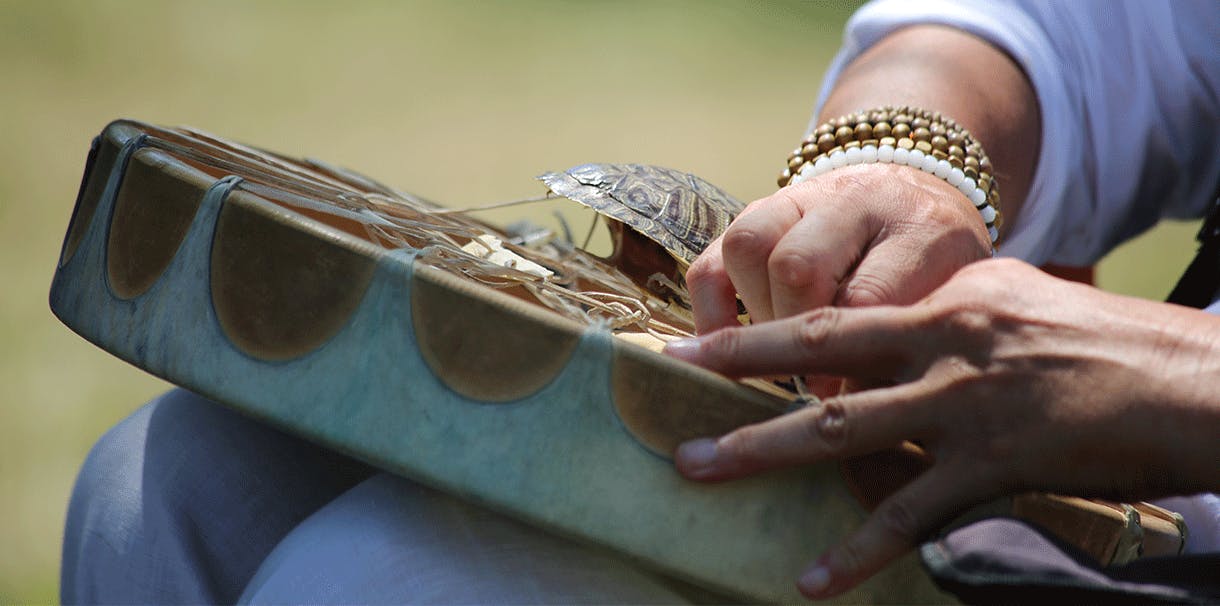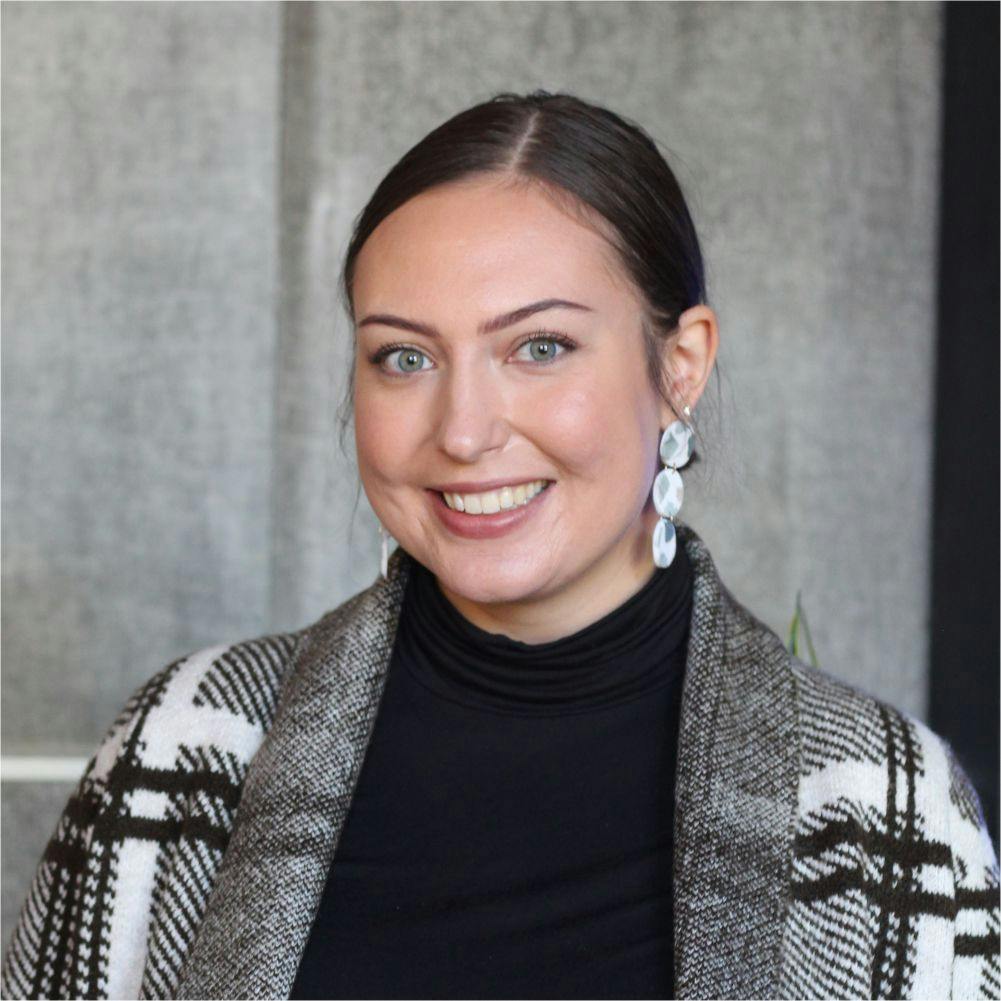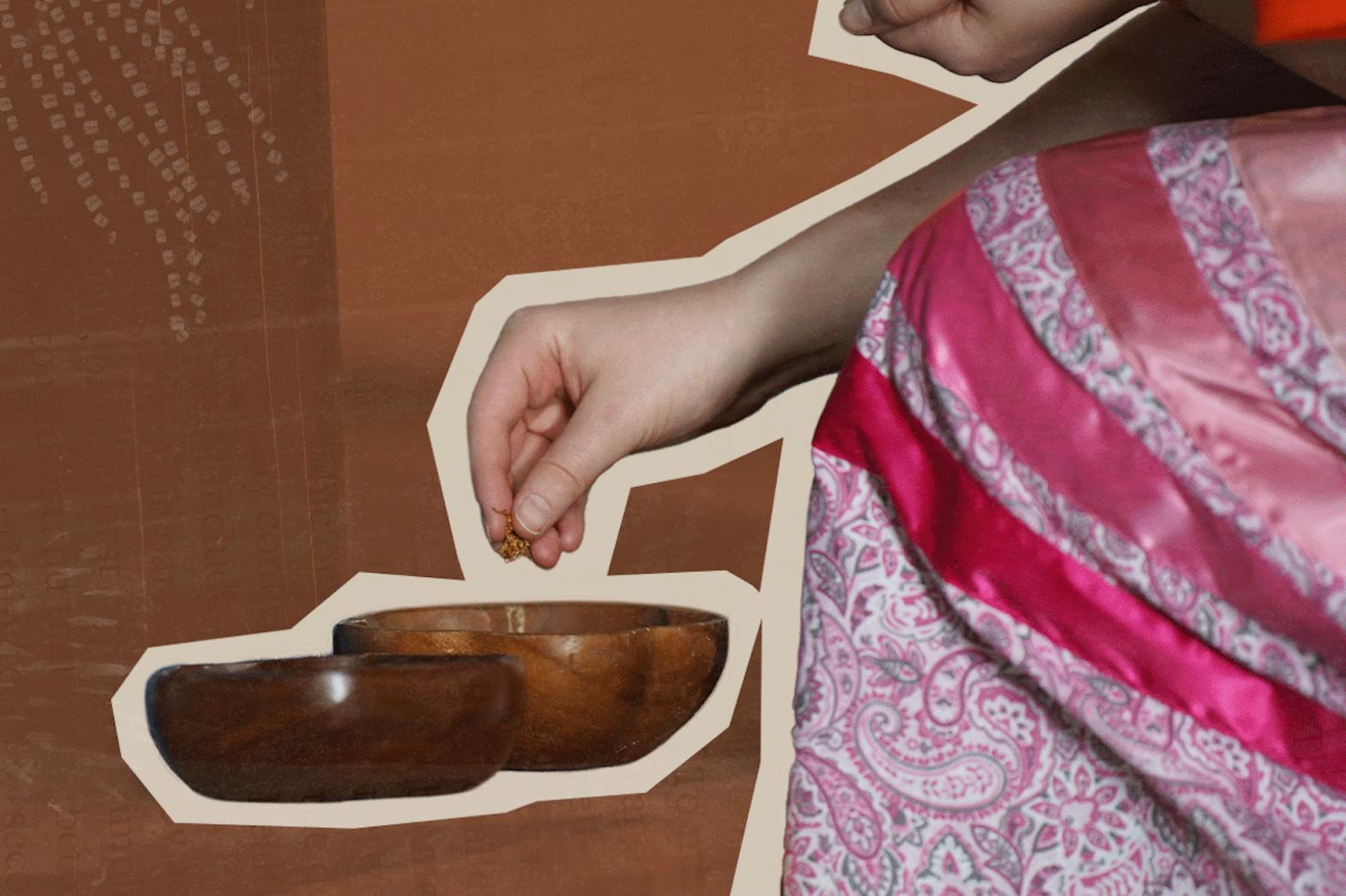Each year on September 30,
the National Day for Truth and Reconciliation asks us to remember the children who never returned from residential schools, and to honour the Survivors, families, and communities who live with that truth. But remembrance is only the beginning. This year, we asked our team at Narratives to reflect on the theme of truth to action—a reminder that reconciliation is defined not by words, but by the choices we make each day.
Action can take many forms: listening with humility, confronting harmful remarks, supporting Indigenous-led efforts, or rethinking how we understand belonging on these lands here on Turtle Island. At Narratives, we see these practices in the stories entrusted to us and in the relationships that shape our work. They require courage, flexibility, and the willingness to remain in discomfort for the sake of honesty and respect.
The voices collected here come from different perspectives, but share a commitment to moving beyond reflection into accountability. As you read, we invite you to consider: what might truth to action look like in your own life, your workplace, or your community?

Devon Hare
Planner | GIS Technician
Schools play an important role in our lives by teaching us how to connect with one another. Residential schools differed fundamentally: they taught disconnection. They taught our hearts how to harden. Survivors hardened their hearts to endure, while settlers hardened theirs to ignore.
Empathy helps us soften our hearts by reawakening compassion and fostering mutual recognition. For Survivors, being met with empathy validates pain without diminishing strength. For settlers, empathy dismantles denial and makes room for responsibility without paralysis or guilt. In practice, empathy becomes action: it motivates allyship, systemic change, and everyday acts of respect.
But we must be careful. Sympathy is not the same as empathy. Sympathy creates distance, while empathy draws us close. Hearing “I feel sorry for you” pushes us apart, while “I feel with you” brings us together. On National Day for Truth and Reconciliation, bring empathy with you, as it requires listening, presence, and humility. It is an act of stepping into another’s reality without pity or judgment.
Sympathy others. Empathy honours.
So how do we build empathy in both ourselves and in those around us?
- We practice self-reflection: noticing when bias, discomfort, or defensiveness arises in us when hearing hard truths.
- We listen actively: hearing stories without rushing to solutions or comparisons
- We share experiences: joining events, learning circles, and ceremonies that create space for understanding.
- And we tell stories: encouraging their retelling to break stereotypes and nurture connection.
Empathy is the bridge from truth to action.

Feabie Medina
Graphic Designer
I am a guest living on Turtle Island.
Growing up as a child of Filipino immigrants, I yearned for a sense of belonging. With Canada claiming to celebrate diversity and preserve the multicultural heritage of all Canadians, it feels natural to tie myself to a “Filipino-Canadian” identity. But to adopt this label is to participate in a narrative that erases the fact that this land was never ceded, never surrendered, and still holds Indigenous sovereignty. Like many immigrants and settlers of colour, the hyphen helps navigate the feeling of belonging, but belonging cannot come at the cost of legitimizing the colonial mentality.
On this National Day for Truth and Reconciliation, I remind myself to shift the frameworks of my sense of belonging as part of the unlearning process. First, by recognizing that putting a label on my identity reinforces the settler colonial state, and second, by choosing instead to ground myself in honouring the land I live on while also honouring my Filipino roots.
As a non-Indigenous person of colour on Turtle Island, I carry both privilege and responsibility. I recognize my privilege of holding access to opportunities that Indigenous communities are systematically denied, and I accept my responsibility to ensure that my belonging does not erase or overshadow the sovereignty of Indigenous Peoples.
Reconciliation is lived through daily choices:
- Learning the truth about whose land you live on
- Educating yourself about what has happened and what is still happening today
- Creating space to support and amplify Indigenous voices
In this reflection, I’ve learned that belonging is not claiming ownership, but it is a practice of gratitude, humility, and solidarity.

Maddy Mitchell
Environmental Field Technician
How many times have you heard something harmful, seen something unjust, and said nothing? Personally, I hate to admit that I have, many times. Sometimes, silence feels easier. Recently, someone I look up to told me,
You need to lean into the tough conversations.
Truth and Reconciliation Day is not just about remembrance—it’s about action. And action often begins with something deceptively small: refusing to stay silent.
Some conversations, rooted in ignorance or bias, carry a weight that cannot be brushed aside, when silence is complicity. By approaching them with patience, openness, humility, and kindness, we can create respectful dialogue. We may inspire change and, very likely, we will learn something ourselves.
It may seem like a daunting task to dismantle the systems of oppression and challenge racial stereotypes in Canada, but there are clear, tangible steps we can take. For those in positions of power—politicians, government officials, and decision-makers—there are already 92 Calls to Action from the Truth and Reconciliation Commission of Canada waiting for you. The roadmap exists.
For the rest of us, action starts with reflection and accountability. Ask yourself
- What privileges do I carry daily that Indigenous peoples do not? How will I use that privilege to empower those who don’t share it?
- Does my workplace help or hinder Indigenous peoples? Who will I speak to about change?
- Is there someone in my life who denies Indigenous peoples their right to free and equal prosperity? How will I confront that?
- Whose land am I standing on, really? How will I support Indigenous-led work to reclaim and protect it?
The systems of oppression and racism in this country are not abstract. They are here, in the present, shaping opportunities, outcomes, and lives.
On this Truth and Reconciliation Day, I urge you: lean into the tough conversations. When you hear a racist remark, challenge it. When your workplace overlooks a qualified Indigenous applicant, speak up. When a relative makes a harmful joke, interrupt it.
No more silence.


Charmain Schocat
Research Coordinator
As a non-Indigenous person, when I first started to work with First Nations, there were parts of the process that I struggled to adapt to. Coming fresh from an academic university background, I had taken a few courses on what it means to do ethical research—that engagement and outreach should be culturally grounded and community directed. But it was another thing to show up in an Indigenous space, eager and wanting to help, yet armed with a completely different way of knowing and doing.
Suddenly, my role shifted: to be quiet, to sit down, and to listen. Listen to the stories in their space, in their time. To acknowledge that I am not here to prove myself as the best ally, or to perform support—but rather to be a helper, when and if asked. Because the first part of taking truth to action is just being willing to listen to the truth. The next part is to hear what is needed, and then to do what is asked. Not what I think is necessary, or what the institutions I represent might expect—but to take in what is said and asked, and act on that.
This is much harder than it sounds. Often, the actions required may run counter to project plans, looming deadlines, or funders’ expectations. Taking action based on truth demands flexibility. It requires sitting with discomfort and accepting difficult situations if the actions I take are truly to be grounded in truth.
This, to me, is truth to action and reconciliation in process: hard work, self-reflection, and the willingness to remain in uncomfortable places for the sake of honesty and respect.

K. Quinn Smith
Qualitative Data Analyst
In his memoir, Up Ghost River, Edmund Metatawabin reflects that the closest Cree word to justice is kintohpatatin. It is often translated as “you have been listened to,” but its meaning is deeper: to know you have truly been heard—with compassion, fairness, and the assurance that your needs will be taken seriously.
At Narratives, we put kintohpatatin into practice through our work with testimony. Survivors, Elders, and communities entrust us with living histories that must be handled with care and humility. Our trauma-informed protocols guide us to collect stories carefully, document them with accuracy, preserve records responsibly, and return testimony to the communities where it belongs. This work is not only about safeguarding lived experiences but also about protecting dignity, strengthening trust, and ensuring truths remain accessible for future generations.
Testimony is more than evidence of the past; it is a living resource for families, Nations, and communities seeking healing and continuity. Each name recorded accurately, each pause and emotion preserved in a transcript, and each record safely repatriated contributes to repairing relationships and affirming identity in the face of Canada’s long legacy of colonialism and systemic injustice.
Kintohpatatin also extends beyond our work. It can guide our everyday choices: listening with respect, supporting Indigenous-led efforts, and practicing care in our relationships. Reconciliation becomes real when testimony is honoured and acted upon, and kintohpatatin shows us how to begin.

Desirée Thériault
Partner | Senior Landscape Designer
Every year, National Day for Truth and Reconciliation lands heavy on my heart. As a Métis woman, the day feels like time folding over itself... my ancestors, my own lived experience, and the generations to come all sitting with me at once.
When I was growing up, we didn’t really talk about residential schools or intergenerational trauma. In my family, those stories were rarely spoken about, not because anyone was hiding them, but because we were living our own truths, dealing with our own hardships and tragedies, keeping our heads above water. The larger truths of colonial policies and their legacies hovered at the edges of my awareness. It wasn’t until later, through community work, hearing Survivors’ testimonies, and doing my own learning, that I began to see how deeply this history shaped the landscape I live and work in today.
Now, working in trauma-informed planning and design, I hold these stories differently. I’ve listened to Elders describe their stolen childhoods. I’ve stood on lands where children never returned home. I’ve facilitated rooms where pain surfaced raw and unfiltered. These aren’t distant accounts; they live inside me and shape the way I walk through the world.
Carrying this history while holding space for others can be exhausting... a deep, heavy weariness that sits in my chest. I know I’m not alone in this. So many Indigenous people I know carry that same quiet fatigue, the weight of explaining, educating, and advocating while holding their own grief and stories. And in a world fractured by division, misinformation, and othering, that weight can feel even heavier. Some days, I find myself wondering if people truly understand what it costs to keep showing up, to keep explaining, to keep inviting others into care.
And yet, I keep showing up. We keep showing up. Because these conversations aren’t just tasks—they’re a living practice. They grow relationships, and relationships need tending, especially when the world tries to pull them apart. This is where hope lives for me.
National Day for Truth and Reconciliation, for me, is a call to remember and an invitation to imagine. It asks me to hold grief and hope together, to resist the pull of apathy or division, and to recognize that reconciliation is a relationship, not a single act.
On National Day for Truth and Reconciliation,
and every day, reconciliation lives in the choices we make: how we listen, how we learn, and how we show up. It is a shared responsibility that begins with truth and continues with accountability.




